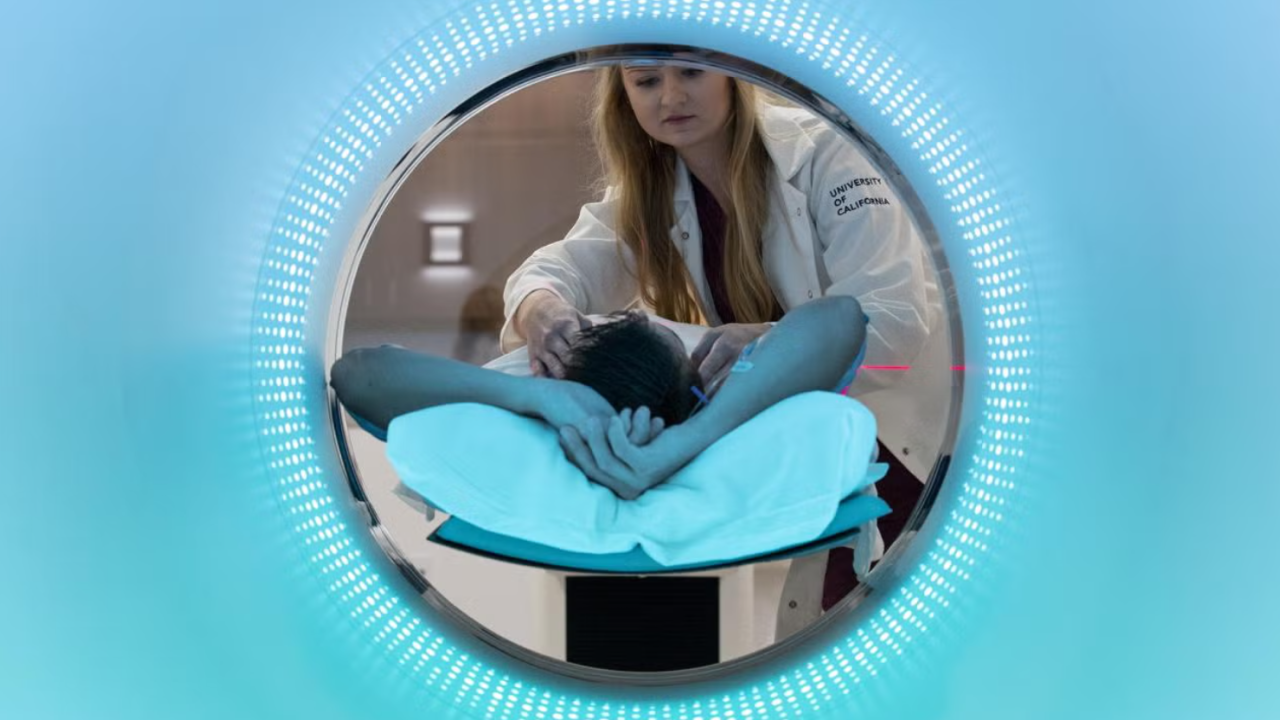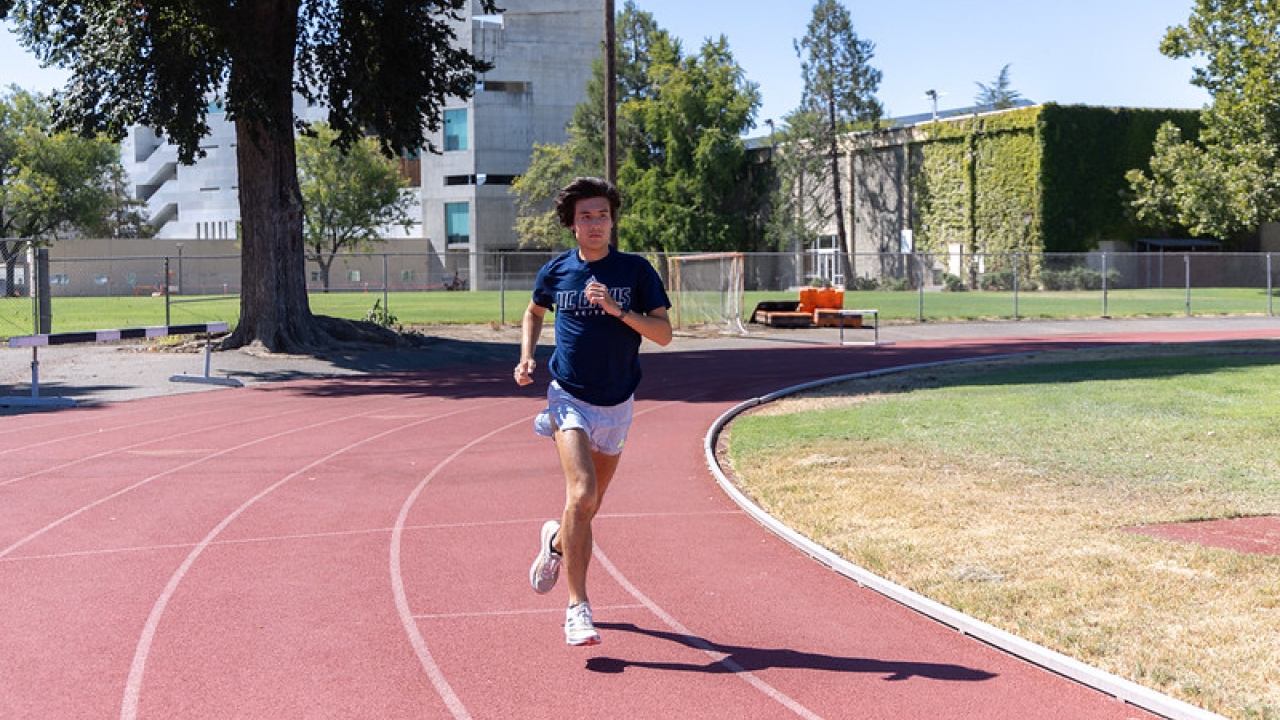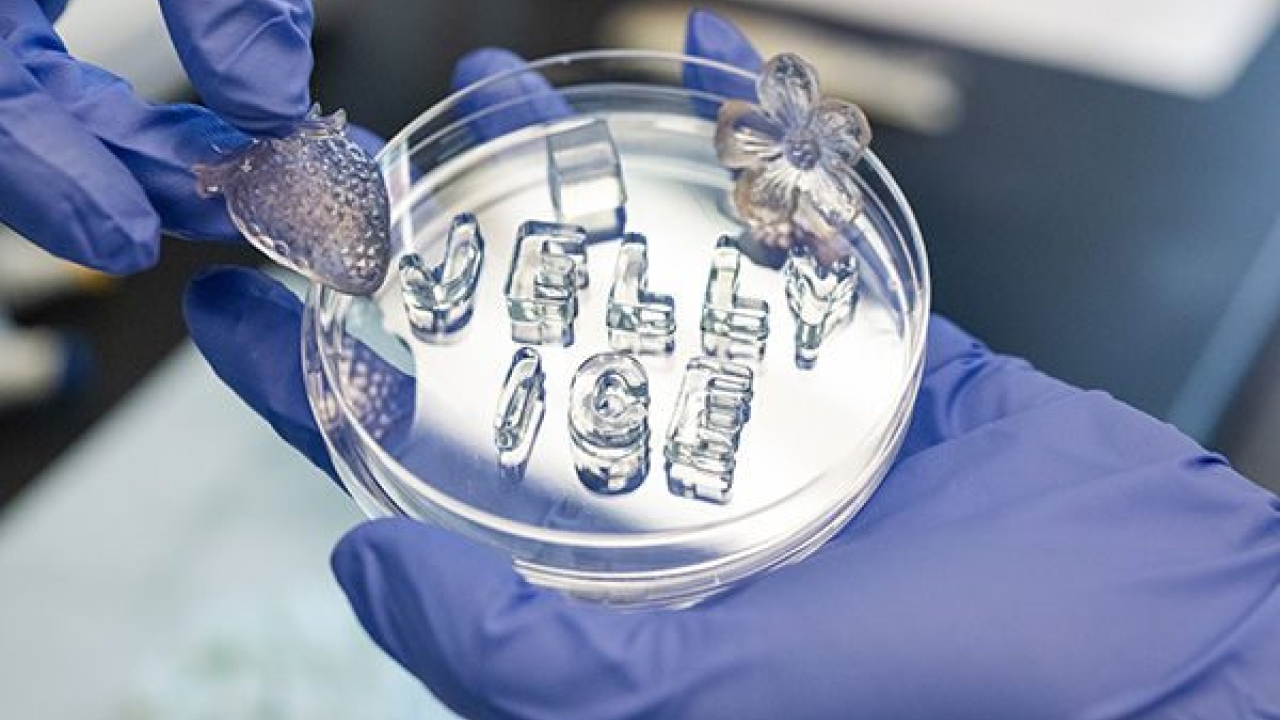
Wearable Device Monitors Health of Babies, Adults Through Sound
When you go to your physician's office for a checkup, you expect a doctor to use a stethoscope to monitor your breathing or heartbeat. Instead, what if you wore miniature devices on your skin that tracked these subtle sounds and, in turn, your health?

That's just what Hyoyoung Jeong, assistant professor of electrical and computer engineering at the University of California, Davis, collaborated on with Northwestern University and other researchers in a new study published in Nature Medicine.
"This team has developed a wireless, broadband acousto-mechanical sensing network. This network provides detailed information on various bodily processes, including digestive activity, respiratory sounds and cardiac cycles, all with clinical-grade accuracy and unaffected by ambient sound," he said.
The wearable technology can monitor patients in real time and continuously, which may be helpful in time-sensitive medical interventions as well as routine care. In the study, researchers tested the devices on 15 premature babies with respiratory and intestinal disorders and 55 adults, including 20 with chronic lung diseases.
The devices are not only extremely accurate, they also carry new functionalities that haven't been previously developed or introduced in a clinical setting. Currently, physicians have to use a conventional or digital stethoscope on different parts of the body, but through these devices, they can monitor and spatially map different parts of the body simultaneously.
"This innovative system holds significant potential for mitigating cardiorespiratory instability and managing disease progression in patients through the continuous monitoring of physiological signals in both clinical and non-clinical environments," Jeong said.





